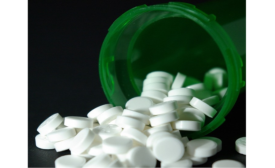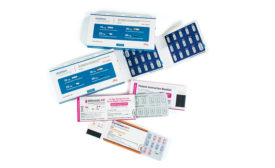Articles by Walt Berghahn
Healthcare Compliance Packaging Council Column
HCPC Column:
Congress is trying to reduce drug costs for patients
An A for effort? Not in this case.
April 12, 2017
Healthcare Compliance Packaging Council Column
Let’s make a New Year’s resolution to improve pharmaceutical safety
February 13, 2017
Healthcare Compliance Packaging Council Column
What does the future hold for pharmaceutical packaging?
November 14, 2016
HCPC Column
Medication adherence efforts in D.C. show upsurge: Should smarter pharmaceutical packaging follow?
February 3, 2016
Market Trends: Pharmaceutical packaging
Digging deep into pharmaceutical safety
Ensuring pharmaceutical safety goes beyond the supply chain.
July 15, 2015







